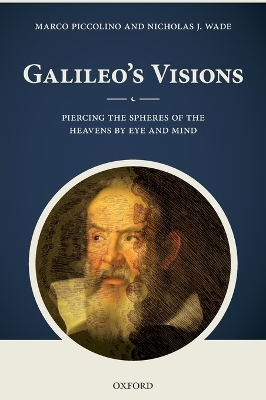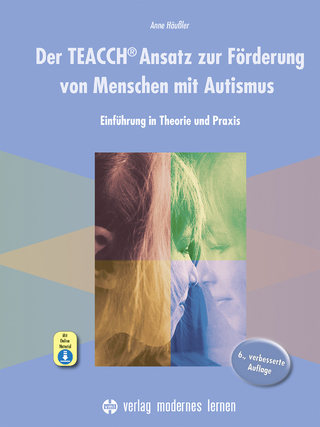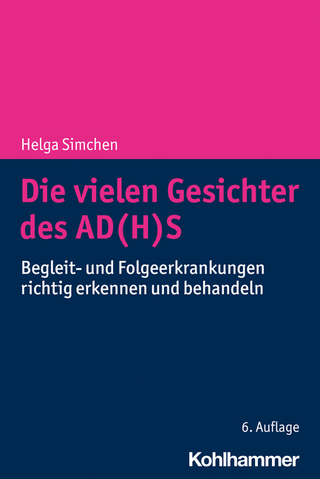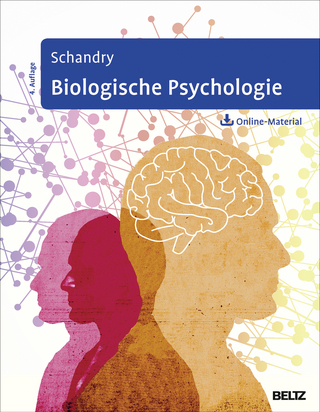
Galileo's Visions
Oxford University Press (Verlag)
978-0-19-955435-5 (ISBN)
In a fascinating and accessible style, Marco Piccolino and Nick Wade analyse the scientific and philosophical work of Galileo Galilei from the particular viewpoint of his approach to the senses (and especially vision) as a means of acquiring trustworthy knowledge about the constitution of the world. For Galileo evidence from the senses was potentially ambiguous, hence reliable information capable of penetrating the complexity of reality could only be obtained by interpreting the sensory data critically. The philosophical background of Galileo's attitude to the senses was his awareness that nature had not developed a specific language aimed at communicating with senses generally and human senses in particular. Galileo's analysis of the senses corresponded closely to a fundamental tenet of modern sensory physiology and psychophysics - the absence in the world of specific sensory signals like sounds, colours, tastes, and odours.
Fully illustrated throughout, this book is an important contribution to psychology and the vision sciences, but more broadly to our knowledge of a pioneering figure in the history of science.
Marco Piccolino has taught of General Physiology and Science History at the University of Ferrara, Italy, and he is now member of the Center of Neuroscience of the same University. He is a neurophysiologist who has carried out important research in the physiology of the retina by publishing his results on the main international journals (Nature, Science, PNAS). He has written several books on the history of electrophysiology and sensory physiology, which are reference books in the field (particularly Rane, torpedini e scintille with Marco Bresadola, which will soon be published in an English edition by Oxford University Press; and (with Stanley Finger) The shocking history of electric fishes: from ancient epochs to the birth of modern neurophysiology, published in 2011 by Oxford University Press). Nicholas Wade obtained his B.Sc. (1965) from Edinburgh University and his Ph.D. (1968) from Monash University, Australia. Following a postdoctoral fellowship (1969-1970) at the Max-Planck-Institute for Behavioural Physiology, Germany, he took a post at Dundee, where he has remained. His research is concerned with binocular vision, the history of vision research, and the interplay between visual science and visual art. He has published books in these areas, including: The Art and Science of Visual Illusions (1982), Brewster and Wheatstone on Vision (1983), Visual Allusions: Pictures of Perception (1990), A Natural History of Vision (1998), Perception and Illusion. Historical Perspectives (2005), The Moving Tablet of the Eye: The Origins of Modern Eye Movement Research (2005) and Circles: Science, Sense and Symbol (2007). He is also an exhibiting artist and combines his interest in the history of science and art by producing 'perceptual portraits' of figures in his field.
Introduction ; Bibliographic abbreviations ; 1. Approaching Galileo's science through a fable ; 2. Subtleties of vision and of the scientific revolution ; 3. Casting light on Galileo's contrasts ; 4. The Lunar candour and the Litheosphorus ; 5. Sensory surprises ; 6. Seeing mountains on the moon ; 7. Visible and invisible luminous peaks of lunar mountains ; 8. Visual limits and the visibility of infinitesimals ; 9. Heavens sensed ; 10. Galileo's sensory philosophy ; 11. The problem of Galileo's predecessors ; 12. A moon circle: celestial reflections and illusions with Sarpi, Galileo and Castelli ; 13. Alternative visions ; 14. Galileo's visions
| Erscheint lt. Verlag | 5.12.2013 |
|---|---|
| Verlagsort | Oxford |
| Sprache | englisch |
| Maße | 181 x 253 mm |
| Gewicht | 842 g |
| Themenwelt | Geisteswissenschaften ► Psychologie ► Biopsychologie / Neurowissenschaften |
| Naturwissenschaften ► Biologie ► Humanbiologie | |
| Naturwissenschaften ► Biologie ► Zoologie | |
| Naturwissenschaften ► Physik / Astronomie ► Astronomie / Astrophysik | |
| ISBN-10 | 0-19-955435-8 / 0199554358 |
| ISBN-13 | 978-0-19-955435-5 / 9780199554355 |
| Zustand | Neuware |
| Haben Sie eine Frage zum Produkt? |
aus dem Bereich


